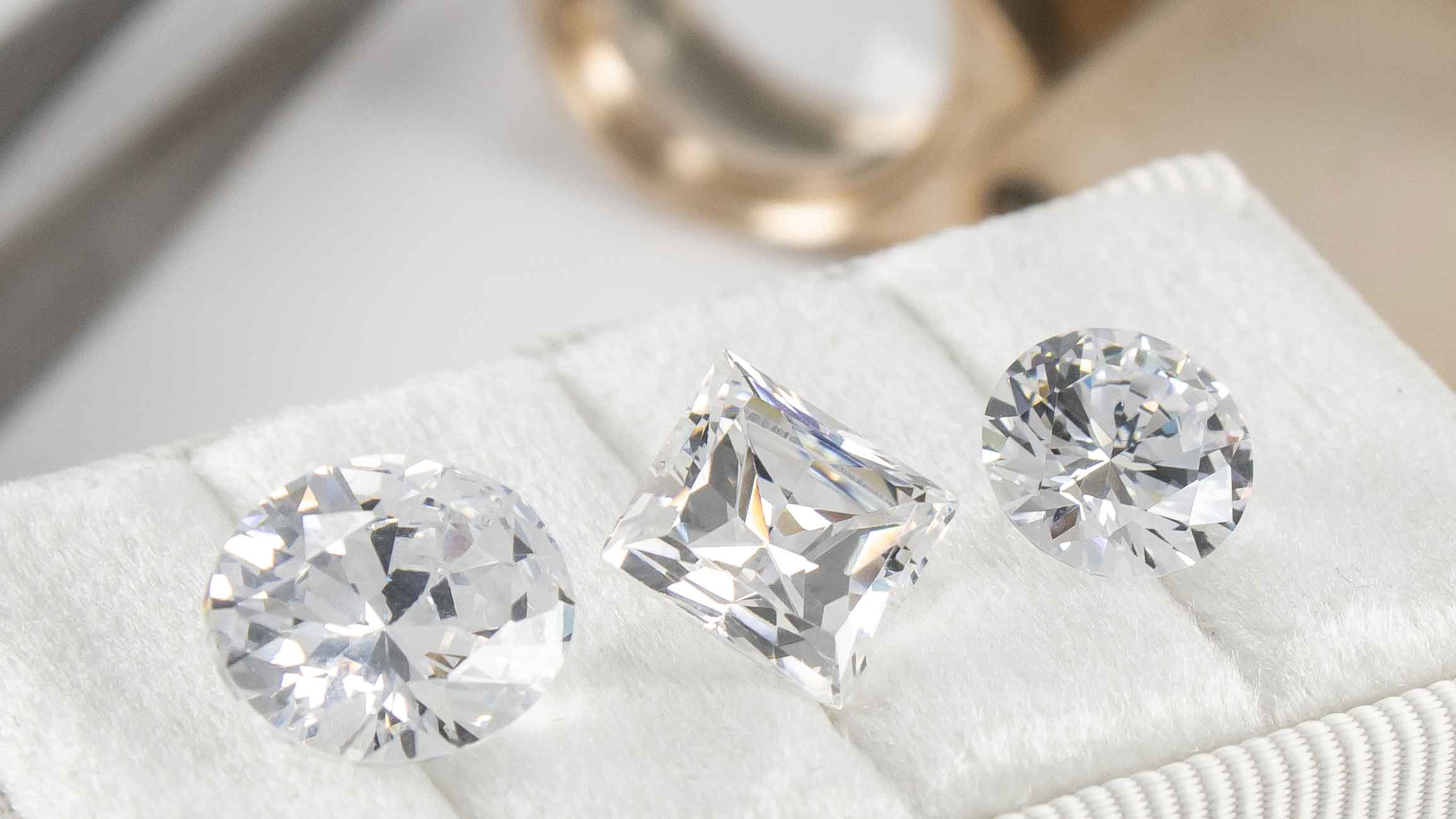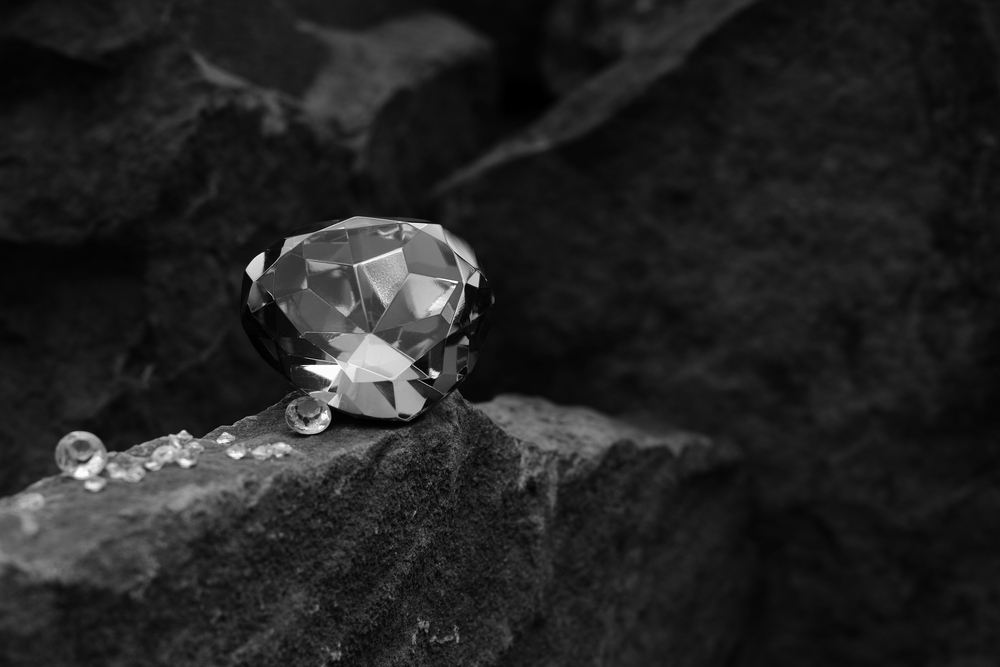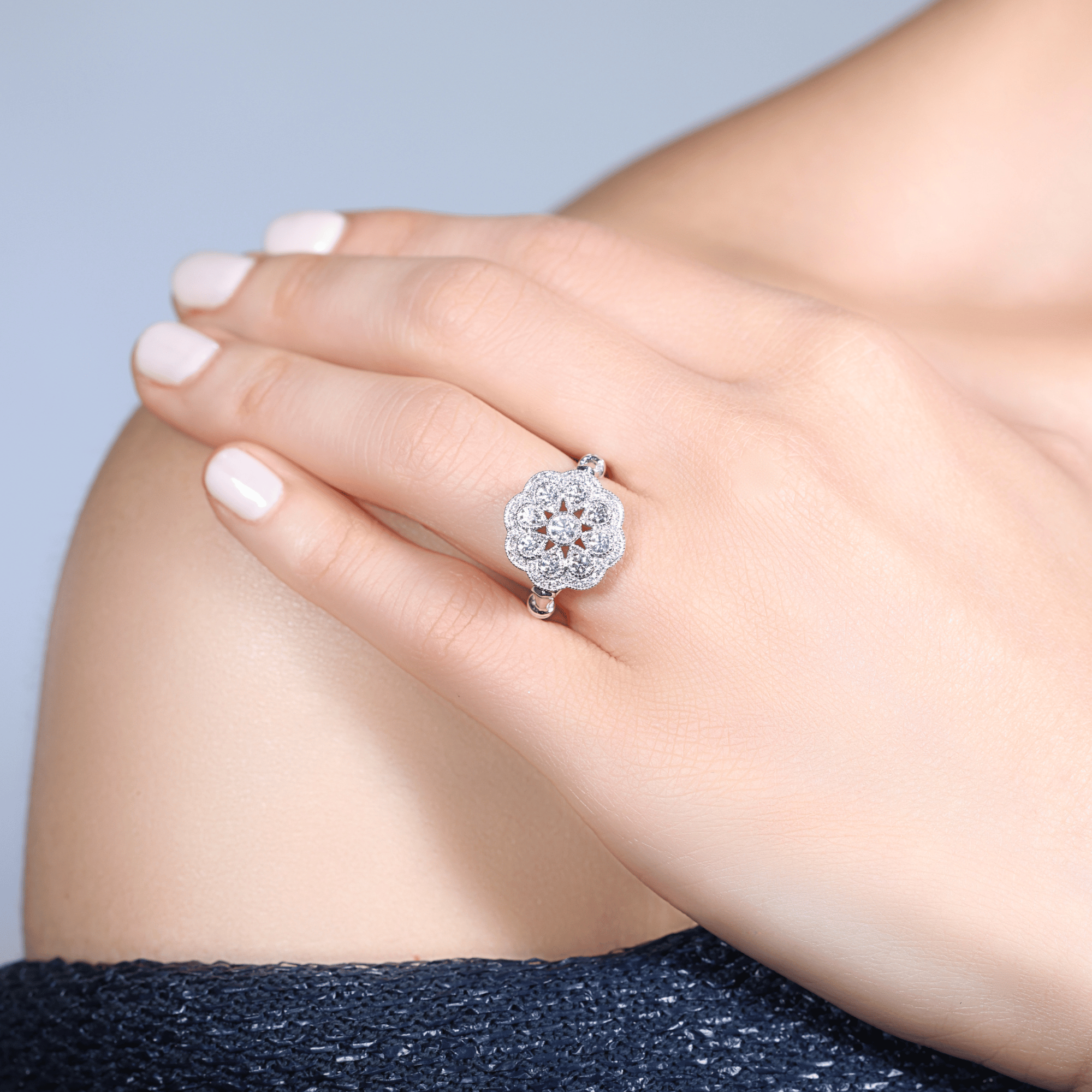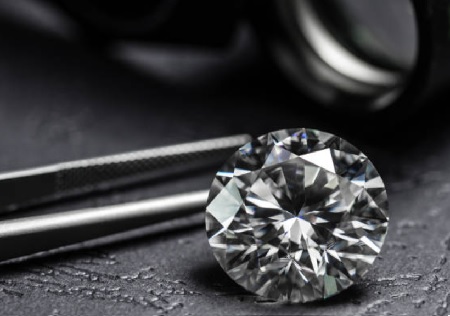
When it comes to choosing the perfect engagement ring or piece of fine jewelry, the debate often centers around the materials used, especially platinum and gold. Both of these metals are highly prized for their beauty, but when combined with man-made diamonds, they offer unique characteristics. In this article, we will delve into the differences between platinum vs gold lab diamond rings, exploring the benefits and considerations of each. We’ll also examine how lab-created diamonds—often referred to as “man-made diamonds”—impact the jewelry industry.
What Are Lab-Created Diamonds?
Lab-created diamonds, also known as man-made diamonds, are chemically identical to natural diamonds. The only difference lies in their origin. While natural diamonds are formed under extreme pressure and heat deep within the Earth over billions of years, lab-created diamonds are produced in a laboratory using two main methods: High Pressure High Temperature (HPHT) and Chemical Vapor Deposition (CVD). These processes mimic the natural diamond formation process, but they occur much more rapidly.
The rise of lab-created diamonds has revolutionized the diamond industry. These diamonds are often more affordable than their natural counterparts while maintaining the same brilliance, clarity, and durability. As a result, more and more consumers are turning to man-made diamonds when selecting engagement rings and other fine jewelry pieces.
Platinum vs Gold Lab Diamond Rings: Which One Is Better?
When choosing between platinum and gold for your lab-created diamond ring, the decision comes down to personal preference and the specific qualities you’re looking for. Both platinum and gold have distinct advantages, and understanding these can help you make a more informed choice.
Platinum: Durability and Prestige
Platinum is often regarded as one of the most prestigious metals in the jewelry world. Known for its purity (usually 90-95% pure), platinum is naturally white and has a cool, elegant appearance. When paired with a man-made diamond, platinum enhances the brilliance of the stone, as it reflects light beautifully and creates a striking contrast.
One of the most significant advantages of platinum is its durability. It is an extremely dense and durable metal, making it less prone to scratches and wear. Platinum rings tend to maintain their luster over time and are an excellent choice for people with an active lifestyle. Additionally, platinum is hypoallergenic, making it an ideal choice for individuals with sensitive skin or metal allergies.
However, platinum’s density also means it’s heavier than gold, and its higher cost can make it a less budget-friendly option. Still, the long-term value of platinum rings is undeniable, as they can last a lifetime without losing their appeal.
Gold: Warmth and Versatility
Gold, on the other hand, has a rich history and remains one of the most popular metals for jewelry. Unlike platinum, gold is available in various colors, including yellow, white, and rose gold. While yellow and rose gold have a warm, rich tone, white gold has a more neutral appearance that can resemble platinum. When combined with a man-made diamond, gold provides a versatile and beautiful backdrop for the stone.
Gold is also a less dense metal compared to platinum, making it lighter in weight. This characteristic can make gold rings more comfortable to wear for extended periods. Gold is generally more affordable than platinum, making it a popular choice for those looking for a high-quality ring without the hefty price tag.
Another important factor to consider is that gold is an alloy, meaning it is mixed with other metals to increase its strength. The purity of gold is measured in karats, with 24-karat gold being the purest form. However, gold jewelry is typically alloyed to enhance durability, with 14k and 18k gold being the most common choices for engagement rings.
Platinum vs Gold Lab Diamond Rings: Appearance and Style
When it comes to the overall look and feel of platinum vs gold lab diamond rings, both metals offer distinct styles.
-
Platinum: Platinum has a sleek, modern appeal. Its naturally white color complements the brilliance of a lab-created diamond beautifully. If you prefer a minimalist, sophisticated design, platinum may be the ideal choice. Its cool tones also pair well with diamonds of all shapes and sizes.
-
Gold: Gold, particularly yellow and rose gold, has a warm, timeless appeal. It is a classic choice for those who want a bit of traditional elegance in their jewelry. Yellow and rose gold’s rich tones create a beautiful contrast with a man-made diamond, giving the ring a vintage or romantic look.
Both metals can be styled in various ways man made diamonds, from simple solitaires to more intricate, multi-stone designs. The choice of metal should align with your personal style and the overall aesthetic you’re going for.
Durability: How Platinum and Gold Hold Up Over Time
One of the key factors to consider when choosing a ring is how well the metal will stand the test of time, especially when paired with a man-made diamond. Both platinum and gold offer durability, but in different ways.
-
Platinum: Platinum is more resistant to scratching and tarnishing compared to gold. However, over time, it may develop a patina, which is a natural dulling that occurs with wear. Some people appreciate this patina as it adds character to the ring, while others prefer to have it polished back to its original shine. Because platinum is a denser metal, it can also wear down slightly over the years, but it will never lose its mass completely.
-
Gold: Gold is relatively soft compared to platinum, which means it can be more prone to scratches and dents. However, 18k and 14k gold, which are commonly used in fine jewelry, are alloyed with other metals like copper or silver, making them stronger. White gold, in particular, is often coated with rhodium to enhance its strength and give it a shiny finish. Like platinum, gold may need periodic maintenance to retain its appearance.
The Environmental and Ethical Considerations of Lab-Created Diamonds
Another significant advantage of lab-created diamonds is their environmental and ethical benefits. Unlike mined diamonds, which can have significant environmental and human rights impacts, man-made diamonds are produced in a controlled environment with minimal ecological disruption. Lab-created diamonds are also conflict-free, ensuring that consumers are not inadvertently supporting unethical mining practices.
For those who are particularly environmentally conscious, choosing a lab-created diamond ring made from platinum or gold can provide peace of mind. These metals can also be recycled, making them an eco-friendly choice for sustainable jewelry.
Conclusion: Which Metal Should You Choose?
When comparing platinum vs gold lab diamond rings, man-made diamonds offer an attractive alternative to traditional, natural diamonds. Both platinum and gold are excellent choices for creating a stunning and durable piece of jewelry, but the decision ultimately depends on your preferences and priorities.
Platinum is ideal for those who value durability, hypoallergenic properties, and a sleek, modern aesthetic. On the other hand, gold offers a versatile and classic look, with a warm appeal that can complement a wide variety of diamond shapes and settings. Both metals pair beautifully with lab-created diamonds, making them an excellent choice for those who want a more affordable, ethical, and sustainable option for their engagement ring or fine jewelry.
Ultimately, whether you choose platinum or gold, a lab-created diamond ring will provide you with the same brilliance and beauty as a natural diamond, all while offering the added benefits of affordability, ethics, and environmental responsibility.




